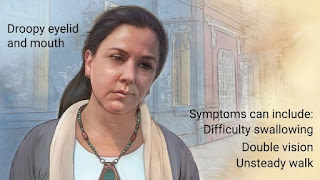Fitting a Patient for an Assistive Device
As most clients are recovering from an injury or surgery or have some sort of degenerative condition that may require them to have an assistive device. One reason to fit clients/patients is to prevent further injury; to protect clients from secondary complications (e.g., pressure ulcers). Secondly, clients will require completely different devices depending on the age of the client and lifestyle. It is important to fit a client to the right device so that is does not limit them in participating in their chosen occupation (e.g., wheelchair with special arm rests; wheelchairs that need to fit under a desk for a student).
Cane: Hand grip should be at the level of the ulnar styloid, wrist crease, or the greater trochanter. The elbow will be relaxed, flexed 20-30 degrees. Shoulders should be relaxed and not elevated.
Axillary Crutches: Hand grip should be at the level of the ulnar styloid, wrist crease, or the greater trochanter. The elbow will be relaxed, flexed 20-30 degrees. Shoulders should be relaxed and not elevated. Axillary rest should be about 5cm below the floor of the axilla with the shoulders relaxed.
Loftstrand Crutches: This type of crutch has no axillary portion. Client should be able to comfortably place their forearms in the armcuff that wraps around the proximal forearm.
Platform Walker: This type of crutch has no axillary portion. Client should be able to comfortably place their forearms on the horizontal platform attached. The handle is at a slight angle and requires more elbow flexion. Client’s forearm should rest comfortably on the platform with hand on the handle.
Rolling Walker: The client’s non-weight bearing lower extremity should fit comfortably on the cushion; handle should be near hip height.
Cane: Hand grip should be at the level of the ulnar styloid, wrist crease, or the greater trochanter. The elbow will be relaxed, flexed 20-30 degrees. Shoulders should be relaxed and not elevated.
Axillary Crutches: Hand grip should be at the level of the ulnar styloid, wrist crease, or the greater trochanter. The elbow will be relaxed, flexed 20-30 degrees. Shoulders should be relaxed and not elevated. Axillary rest should be about 5cm below the floor of the axilla with the shoulders relaxed.
Loftstrand Crutches: This type of crutch has no axillary portion. Client should be able to comfortably place their forearms in the armcuff that wraps around the proximal forearm.
Platform Walker: This type of crutch has no axillary portion. Client should be able to comfortably place their forearms on the horizontal platform attached. The handle is at a slight angle and requires more elbow flexion. Client’s forearm should rest comfortably on the platform with hand on the handle.
Rolling Walker: The client’s non-weight bearing lower extremity should fit comfortably on the cushion; handle should be near hip height.


Comments
Post a Comment